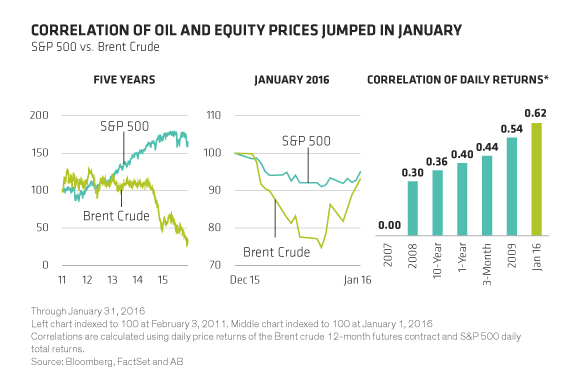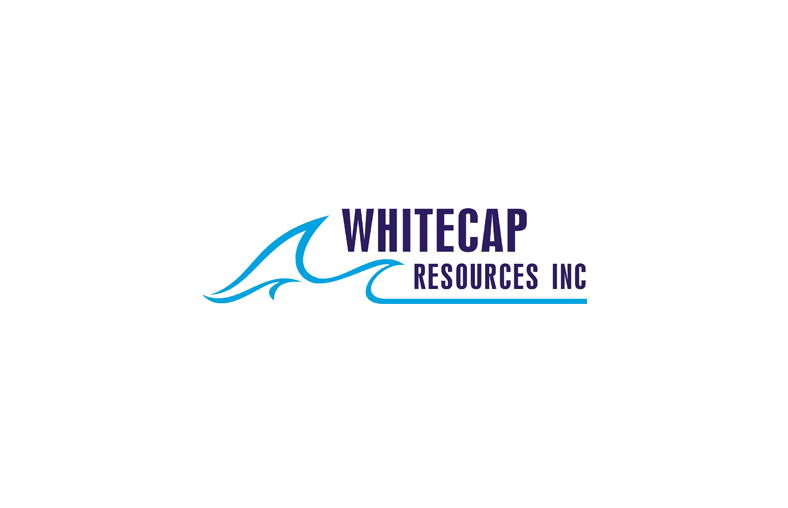Question: What is your outlook on the energy sector?
by Norman MacDonald, Invesco Canada
Our team doesn’t see much benefit in trying to predict volatile commodity prices. Rather, we value natural resource companies using a constant commodity price that tends to focus on the marginal cost of new production. The benefit of this approach is that it cancels out the “cloud of noise” associated with volatile commodity prices. Today, our valuation models for crude oil are based on a price of US$75 per barrel, the marginal cost of new production (non-OPEC) to come onto the market.
We will maintain that assumption unless we see permanent, structural changes in the industry that change our view on marginal cost. This approach allows us to effectively analyze a company’s net asset value and cash-flow-generating capabilities without the distraction of short-term volatility in the commodity markets.
This helps us to avoid buying into the euphoria or selling into the pessimism of commodity prices. We believe the damage done to energy-related equities over the past year has created significant value opportunities for investors who view energy markets with a long-term perspective.
- The disconnect between stock prices and energy fundamentals makes it currently less risky for companies to buy oil reserves in the equity market than to actively drill for oil
- We continue to focus on fundamentals and have positioned the portfolio for an eventual turnaround
- Positioning reflects our opinion of the sub-sectors with the best upside potential and includes a significant overweight in exploration & production and significant underweight in integrated oil & gas
- We are not invested in master limited partnerships, which we believe harbour greater downside risk
Are low crude oil prices impacting upstream and downstream oil-related companies differently?
In a low-oil-price environment, integrated oil & gas companies are typically more resilient given the buffer the downstream business provides. Despite this benefit, including dramatic efforts to reduce operating and administrative costs, these companies are dramatically outspending cash flow. The 2015 financial results of companies in the energy space helped to confirm our belief that the upstream model still needs US$75 per barrel to balance the capital requirements needed to replace reserves and fund a growing dividend stream. Our underweight in the integrated sub-sector reflects our belief that we are at the tail end of this period of low oil prices, and as such, this sub-sector has less upside going forward.
Even with reduced capex, can oil-related companies maintain profitability?
In 2015, global upstream capital spending was down 20%-25% versus 2014, based on year-end reported numbers from companies including Suncor Energy Inc., Chevron Corp., Shell, Exxon Mobil Corp. and more. Despite these capex reductions and significant cost-cutting measures taken throughout 2015, many companies globally are unable to turn a profit and generate sufficient cash flow to grow production. Many producers have high-grade inventory and are drilling their most economic reserves; however, we believe this remains insufficient to sustain the business model without higher oil prices.
Which oil sectors do the investment team favour and why?
Current Fund positioning reflects our opinion of the sub-sectors with the best upside potential and includes a significant overweight in exploration & production and a significant underweight in integrated oil & gas. As at December 31, 2015, Trimark Resources Fund had approximately 45% upstream (exploration & production, oil-field services and drilling), 5% integrated (includes all phases) and no midstream exposure (oil and gas storage & transportation).
In your opinion, are there any catalysts that may drive crude oil prices back to US$60 – US$70 per barrel in 2016?
There are several data points the market will be watching that could signal an upward movement in oil prices. We believe that some of these indicators have already begun to point in that direction. For example, U.S. onshore oil production has declined for six consecutive months, with most recent data from September 2015 indicating monthly declines averaging 58 thousand barrels per day (kb/d) for a cumulative 350 kb/d for the six-month period. While recent projects brought online in the Gulf of Mexico have tempered the overall U.S. oil-production declines, we believe that offshore growth should moderate in 2016. In addition to production declines, the following could also signal higher oil prices are imminent:
- Oil service companies indicating demand for rigs and pressure pumping equipment are allowing for higher contract pricing
- OPEC production-cut announcement during its June 2016 meeting
- Lower-than-expected Iranian production output
- Signs of normalizing crude-oil demand
The northern hemisphere is in winter now, which may increase the demand on energy. How does this seasonal effect impact crude oil, if at all?
As of October 2015, heating oil (about 6% of heating fuels in the U.S.) is primarily used in the Northeast U.S., whereas the rest of the U.S. uses primarily natural gas (about 50%) and electricity (about 38%). Propane makes up about 5% of U.S. heating fuels.1 Heating-oil prices are indeed linked to crude-oil prices, since crude oil is the source fuel. However, low usage of heating oil relative to other fuels means it is not likely to make a significant impact on crude supplies even in the event of a cold winter (the National Oceanic and Atmospheric Administration is predicting this winter will be slightly warmer than the 10-year average). Natural gas stocks tend to have more of a seasonal effect than crude stocks.
When it comes to managing securities in the resources sector, we maintain our disciplined, long-term investment approach in any market environment. We review a company’s marginal costs of new production, examine its assets and assess the quality of its management team. This hasn’t changed.
1 Source: U.S. Energy Information Administration, Short-Term Energy Outlook, October 2015
Note: The source for all other information is Invesco Canada, as at December 31, 2015.
This post was originally published at Invesco Canada
Copyright © Invesco Canada















